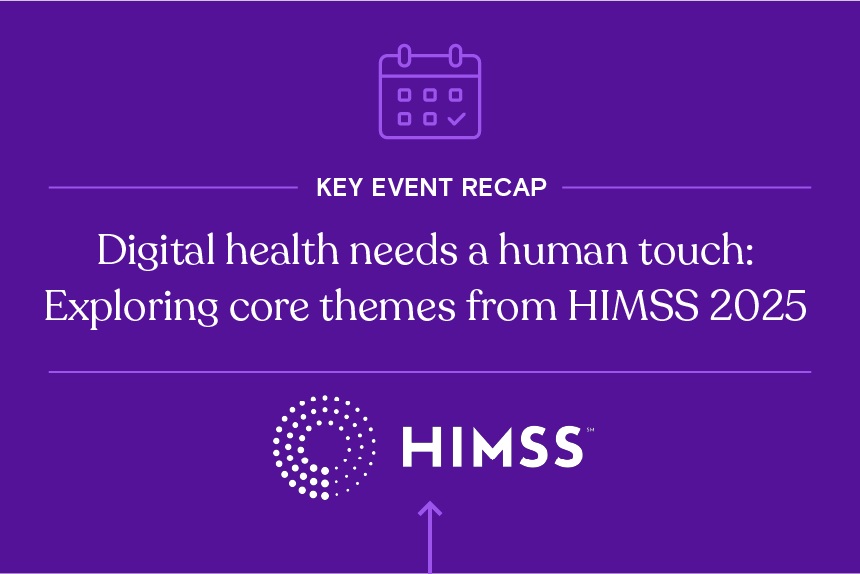The U.S. healthcare system could be poised for significant reform in 2021 and beyond. In his campaign, President-elect Joe Biden spoke openly about his plans to expand the Medicare program, increase healthcare access, and lower overall healthcare costs.
As regulations change, it is vitally important for healthcare industry stakeholders to monitor the impact that new rules might have on healthcare providers and payers.
Here, we outline some of the most impactful regulatory changes that could occur in the next four years. And we highlight the data points healthcare organizations can use to stay ahead of these changes.
Biden’s position on major healthcare regulations
In his 2020 presidential campaign, President-elect Biden laid out a robust set of plans for healthcare reform. The plans primarily focused on expansions in the following key areas:
- The Affordable Care Act (ACA)
- Affordable healthcare coverage, and
- Medicare eligibility
These proposed changes are designed to expand public health insurance options and increase insurance coverage in the United States. Expanding public health insurance will ideally create more stability and health security. But what is the impact of these changes on healthcare providers?
Impact of expanding the Affordable Care Act (ACA) and public health insurance
Since the start of his presidential campaign, Biden has vocalized his support for the ACA. The President-elect’s plan for major healthcare reform involves expanding the ACA to create a new Medicare-like public health insurance option for those who want it.
Biden estimates that this will give 97 percent of Americans access to insurance coverage. In comparison, only 92 percent of Americans had health insurance coverage in 2019. Insurance coverage was even lower in 2020 because of the COVID-19 pandemic.
As of September 2020, 12.6 million Americans lost their jobs due to the economic impact of COVID-19. Many Americans also lost their employer-sponsored health insurance and will be uninsured or forced to join state Medicaid programs.
But there are potential downsides to expanding the ACA. Currently, private health insurers pay higher reimbursement rates than Medicare and Medicaid. In a July 2020 analysis, payment rates for inpatient hospital services were between 1.6 and 2.5 times higher for private payers. These higher rates help to cover gaps in Medicare and Medicaid payments, which sometimes fall below the cost of care.
Creating a new Medicare-like program could draw more Americans towards public health insurance. Some people will choose to keep their private insurance. But if enrollment in public insurance significantly increases, then private payers will most likely not be enough to cover payment gaps. For an expanded Medicare-like program to be successful, reimbursement rates will have to change.
As public health insurance options expand, industry stakeholders should track several key financial metrics. These include:
Regularly monitoring these metrics will help organizations understand provider financial health as public insurance expands. Payer mix indicates the percentage of patients with government health plans versus private health plans. If healthcare providers see an increase in public insurance and a decrease in revenue, supply chain and financial services organizations could find new opportunities to help.
Operating expenses and bad debt are two areas where healthcare organizations may be able to positively impact hospital finances.
For instance, medical supply companies could offer discounts or reduced costs on supply expenses. Supply costs are one of the largest hospital expenses, and make up a significant portion of total operating expenses.
Consulting companies could help hospitals improve collection methods and follow-up processes to reduce bad debt.
Impact of expanding Medicare eligibility
In April 2020, President-elect Biden announced his plan to lower the Medicare eligibility age from 65 to 60.
This option would be beneficial for Americans who choose to retire before age 65 or leave their employer-sponsored health insurance plans. Lowering the eligibility age would increase Medicare access for 23 million Americans.
Older Americans who lose their jobs may find it more difficult to locate new employment than younger Americans. Expanded Medicare eligibility is even more appealing for older Americans who may have lost their jobs and employer-sponsored insurance during the COVID-19 pandemic.
Though this expansion is largely beneficial, it could also put a strain on Medicare program finances. The Medicare Part A program helps cover the cost of inpatient hospital services, hospice, home health care, and skilled nursing facility care. This program is funded in part by the Hospital Insurance Trust Fund.
According to a 2020 report from the Medicare Board of Trustees, this trust fund is projected to run out of money by 2026. At that time, payroll taxes and other revenue sources will still cover most Medicare Part A costs. But the lack of Trust Fund contributions could create a need to derive additional funding.
Learn more
Does your organization have access to the insights that it needs to understand the impact of these changes?
In a world where healthcare regulations change so frequently, Definitive Healthcare helps stakeholders stay on top of the issues that matter most. Receive customized notifications and see how new regulations influence mergers & acquisitions (M&As), facility closures, and people on the move.
Start a free trial with Definitive Healthcare today to see how your organization can:
- Explore financial & clinical metrics for 8,800 hospitals and IDNs
- Access contact information, employment details, and affiliations data for more than 1.7 million physicians, nurses, and other allied healthcare professionals, and
- Analyze all-payer medical claims for more than 247 million patients





